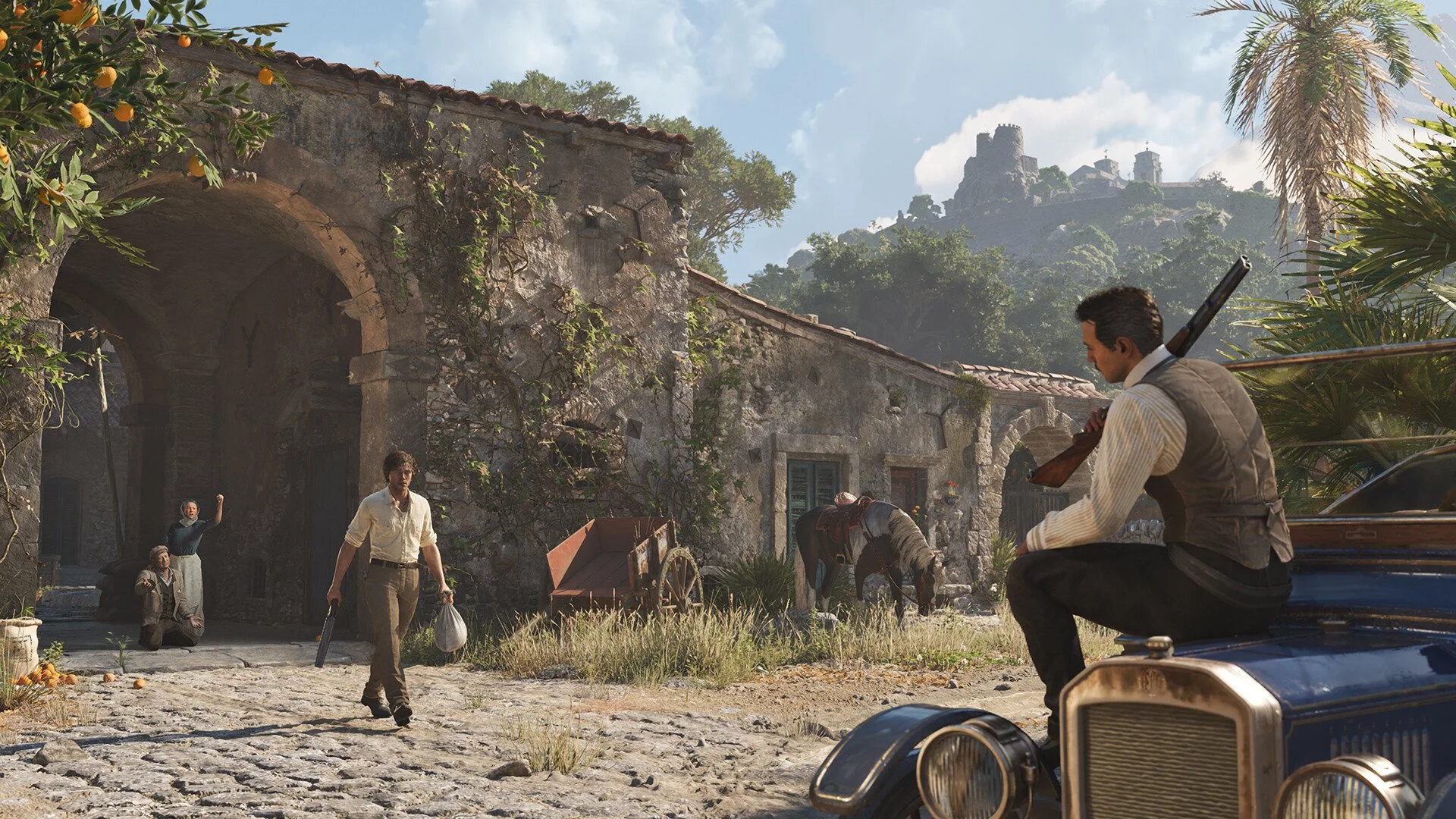Mafia: The Old Country Review: An Offer You Can't Quite Refuse
After the last few Mafia games marched us steadily through the 20th century, I think we all had a pretty good idea of what was next. The 70s, maybe the 80s. I was ready for disco-era gangsters, casino shenanigans, maybe a few nods to Goodfellas. Instead, Hangar 13 threw a curveball and sent us hurtling back to the turn of the century. Not just the beginning of the century, but the very genesis of the Mafia itself in the dusty, sun-baked hills of Sicily.
It’s a bold move, turning the clock back instead of forward. And let me tell you, what they've crafted is something special. Part mob origin story, part gritty Western, Mafia: The Old Country is a stunningly atmospheric and moody adventure that sinks its hooks in you, even if it feels a bit rusty in its joints.
A Return to Form
Let's get one thing straight: this is not Mafia III. After that game’s divisive experiment with a sprawling, repetitive open world, The Old Country brings the series back to what it does best. It's a linear, tightly focused, story-driven experience. The open world of Sicily is here, and it's gorgeous and convincing, but it serves as a backdrop, a place to travel through between missions. There are no towers to climb, no endless icons to mop up. Your job is to follow the story of Enzo Favara, a young man trying to escape a life of literal slavery in a sulfur mine by swearing his life to the Torrisi crime family.
As someone who is sick to death of bloated maps and checklists, this was a godsend. The game demands your attention on its narrative, and it earns it. It immerses you in its world without wasting your fucking time. This is a game for people who want a story, a setting, and a style.
A Story You've Heard, Told Damn Well
Look, if you’ve seen a single gangster movie, you’ll see most of the plot beats coming a mile away. You’ve got the kind mentor, the hot-headed best friend, the stern Don, the forbidden love. It’s a familiar saga, but it’s elevated by sharp writing and, more importantly, absolutely stellar voice performances. Don Torrisi, voiced by Johnny Santiago, is a standout. He carries a quiet, husky menace that makes you believe, without a doubt, that this is a man who could command an army of killers. It’s predictable, sure, but it’s executed with so much conviction that it works.
When the Talking Stops
The game is at its best when it's letting its world and characters breathe. When it's time to get your hands dirty, however, the results are a bit more of a mixed bag. The action is built on a foundation of third-person cover shooting that feels… serviceable. It’s functional, but it hasn’t really evolved in the last decade.
Guns, Knives, and Annoyances
The combat has a wild west flavor, with revolvers and repeaters replacing the familiar Tommy gun. It's fine. Enemies mostly do what you expect, either hunkering down or striding toward you like they're eager to be turned into pasta sauce. The real focus is on the up-close-and-personal stuff. The game introduces stealth mechanics that are surprisingly robust. You can toss objects for distractions and hide bodies, and it feels like a legitimate option rather than a tacked-on feature. My only gripe? The world is full of bottles, but you can only throw the specific ones the game highlights. It’s a small thing, but it’s immersion-breaking.
The new one-on-one knife fights are a similar story. They're presented as cinematic boss encounters, full of flashy, bloody animations. But in practice, I mostly felt like I was just dodging and slashing on cue, waiting for the next cutscene to trigger. They look cool, but they feel disappointingly low-stakes. And don’t even get me started on the knife durability. The idea that my stiletto becomes too dull to stab a guy after a few uses, forcing me to find a whetstone, is a needless bit of busywork I could have done without. I ended up just strangling most guys to save my knife the wear and tear.
The Sicilian Way of Life
Where the game truly sings is in its depiction of its world. Traversing the countryside, whether on a skittish horse or in a sputtering, chain-driven automobile from the dawn of motoring, is an absolute treat. Hangar 13’s sound design is immaculate; the raw, lumpy burble of the primitive engines is a thing of beauty. There’s even a race mission, a nod to the legendary Targa Florio, that is one of the most thrilling parts of the game, even if it’s over way too quickly.
And my god, the food. I have never played a game that made me this hungry. The sheer amount of cannolis, cakes, arancini, and fresh produce on display is obscene. I finished the game with a desperate craving for Italian food and a sudden urge to plant a vegetable garden. This game might be responsible for me turning into my father.
The Verdict
Mafia: The Old Country is a fantastic return to the series' narrative-driven roots. It's a confident, gorgeous, and deeply immersive trip to a time and place rarely seen in games. The story, while familiar, is told with a passion and skill that makes it compelling from start to finish. It’s just a shame that some of the core gameplay, from the serviceable shooting to the flashy but shallow knife fights, feels stuck in the past. It’s an incredible journey, but one with a few bumps in the old dirt road.
Score: 8/10

